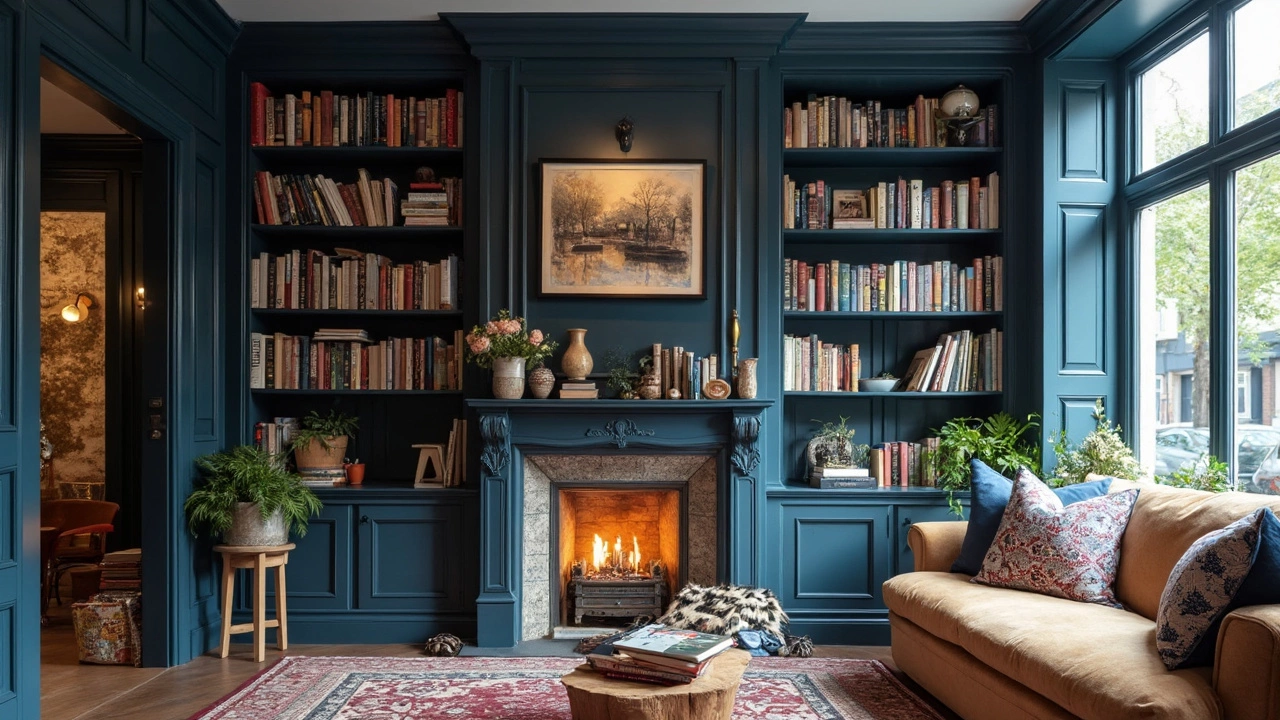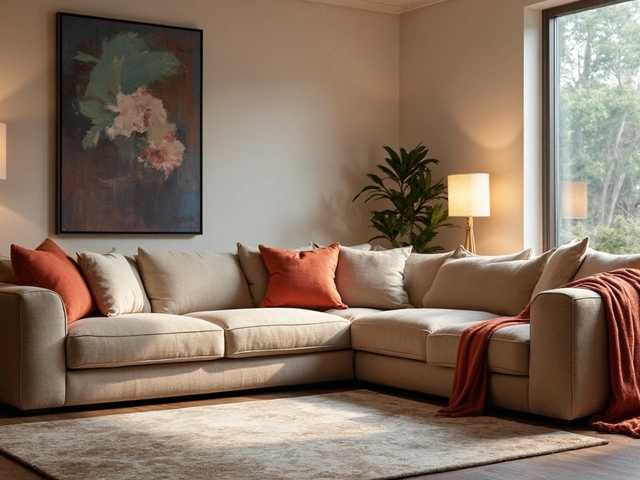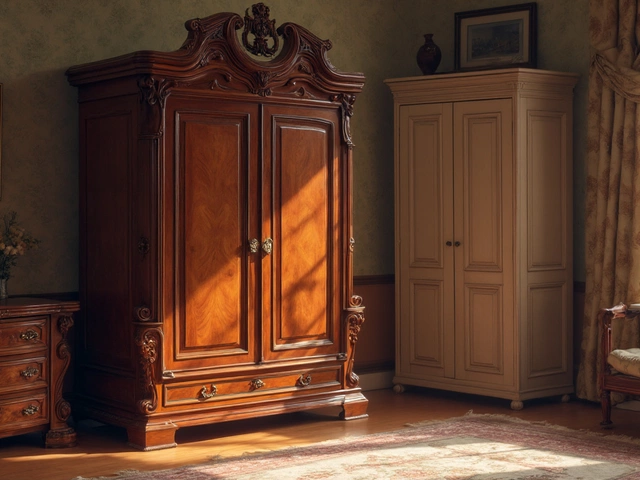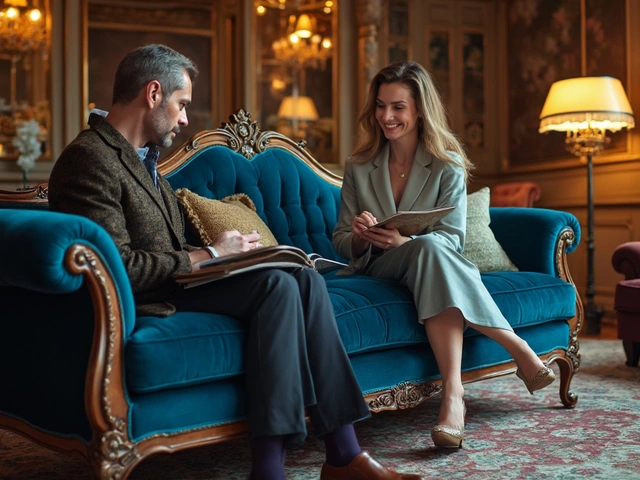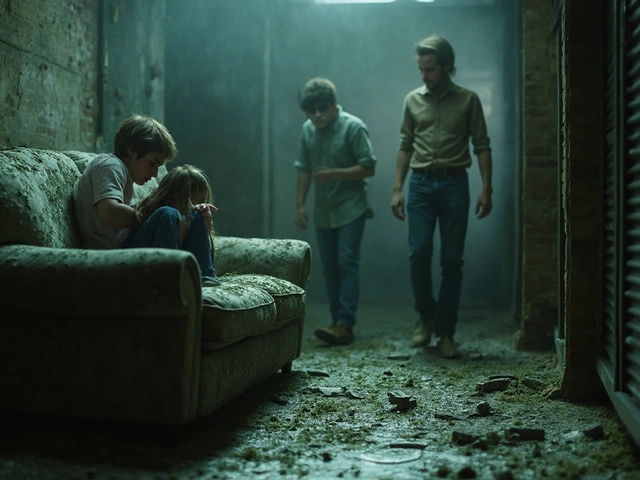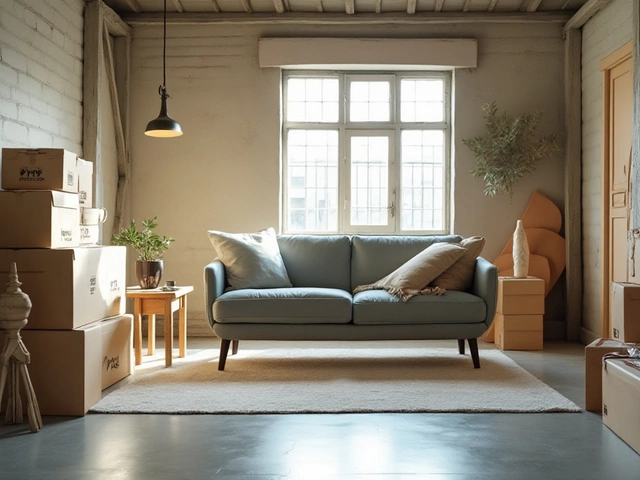Best Bookshelf Colour: Choose the Shade That Works for You
Picking a colour for your bookshelf might feel like a small detail, but it can change the whole vibe of a room. A well‑chosen shade can make books pop, hide dust, or blend your shelving with the rest of the décor. Let’s walk through the basics so you can pick a colour you’ll love.
Think About the Room First
The room’s lighting is the biggest factor. Bright, sunny spaces can handle darker finishes because the natural light keeps the shelf from looking heavy. In a dimmer room, lighter colours like soft white, pale grey, or pastel blue keep the space from feeling cramped. Also, notice the wall colour – you can either match it for a seamless look or pick a contrasting shade to make the bookshelf a statement piece.
Match the Wood Tone
If you have a wooden bookshelf, the grain matters. Dark walnut looks amazing with a deep forest green or navy, while lighter pine pairs nicely with muted greys or creamy whites. When you paint, use a primer that suits the wood type; this helps the colour stay even and prevents the original tone from leaking through.
Neutral colours are safe bets. Shades like warm ivory, light taupe, or soft grey blend with most interiors and let your books be the stars. They also hide dust better than stark white, which can make even a tiny speck look obvious.
Bold colours work when you want the shelf to stand out. A single‑tone bookshelf in teal, mustard, or even charcoal can become a focal point, especially in minimalist rooms. Pair bold shelves with simple décor – think plain frames, a few plants, and neutral cushions – so the colour doesn’t clash.
Don’t forget about finishes. Matte paint hides fingerprints and gives a modern feel, while semi‑gloss adds a subtle shine that can make the wood grain feel richer. If you love a bit of texture, consider chalk paint for a slightly worn look that adds character.
Test before you commit. Buy a small paint sample and brush a 6‑inch square on the back of the shelf. Live with it for a day, see how it reacts to morning and evening light, and check it against your furniture. If it feels right, go ahead and paint the whole piece.
When you’re ready to paint, start with a clean surface. Light sandpaper (120‑grit) removes old finish and creates a surface the paint can grip. Wipe away dust, apply a thin coat of primer, let it dry, then add two even coats of your chosen colour. A small brush works best for edges and corners.
Finally, style your newly coloured bookshelf. Mix vertical and horizontal rows, add decorative boxes, and leave a few empty spots for visual breathing room. The colour you chose will guide how you arrange items – darker shelves can handle heavier decorative objects, while lighter shelves look airy with open space.
Choosing the best bookshelf colour isn’t about following a strict rule; it’s about what feels right in your home. With a little testing and the right finish, your shelf can become the perfect backdrop for your books and décor.
